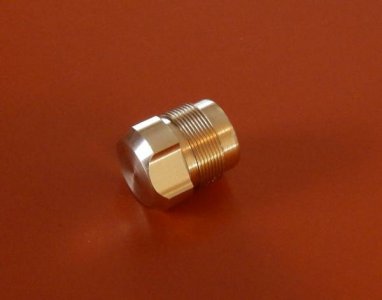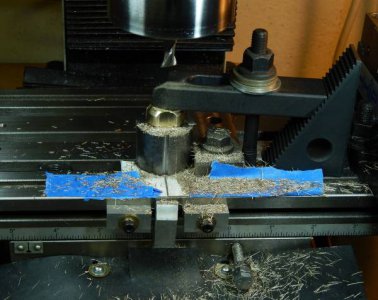- Joined
- Jul 20, 2016
- Messages
- 84
I have and use a 1.25" face mill that uses carbide inserts, on my mini mill. But, and it's a big caveat, I don't use very large DOCs with it: and it's mostly used on aluminum. I have used it on steel and my mill notices it, but does OK as long as the depth of cut is small, .010" or thereabouts.
Milling stuff with holes in it disturbs the mill enough to produce obvious variations in the surface finish around the hole so I try to use the tool before drilling holes into the work.
This is with a 500 watt mini mill and an R8 spindle.
You may have the same LMS face mill that I have. I do not use it much as not much need arises. CW at LMS recommended this over a flycutter. There seems to be some debate on that. Especially since smaller (less that 1/2 inch) are supposed to give a smoother, flatter surface. Not sure about that. Give a mill in perfect tram (is this even possible?) and extremely rigid, either ought to provide a superb finish.



